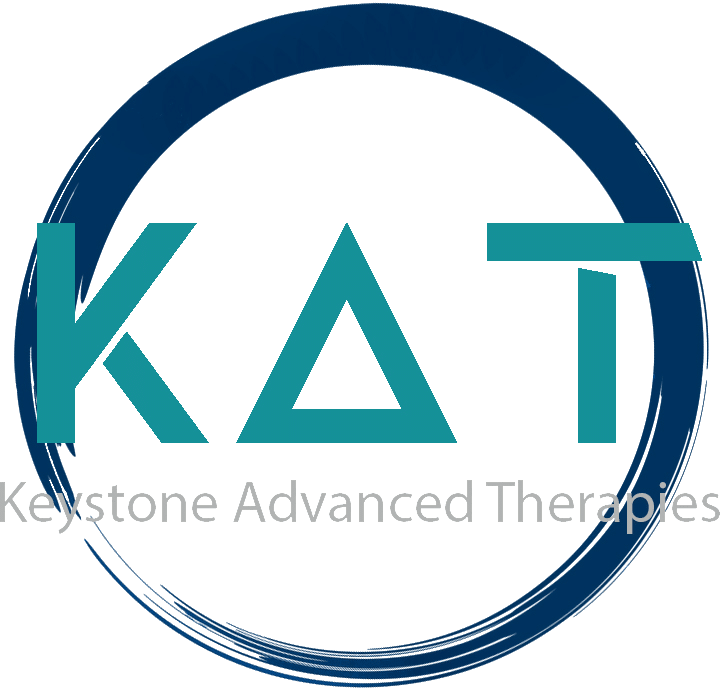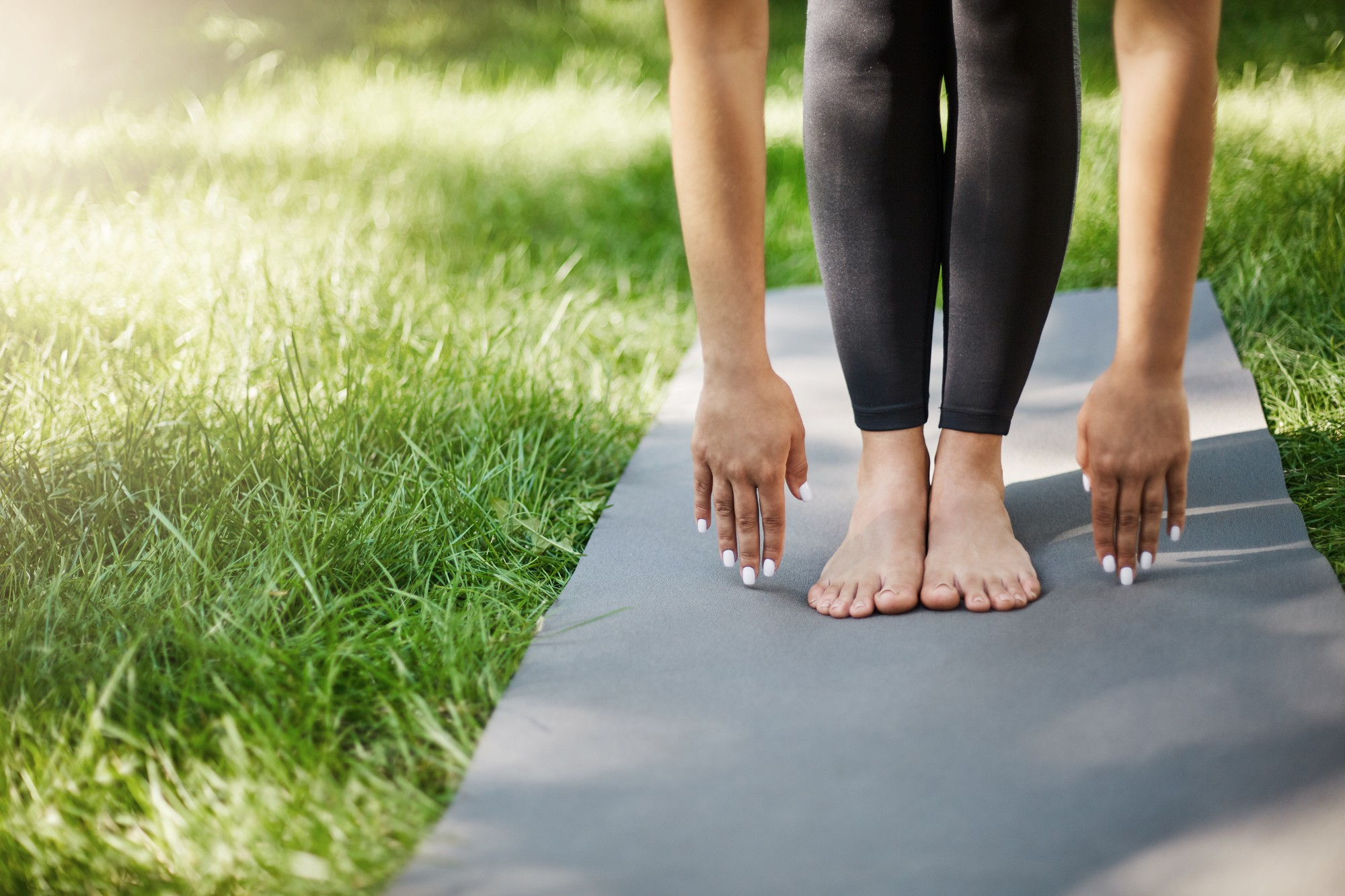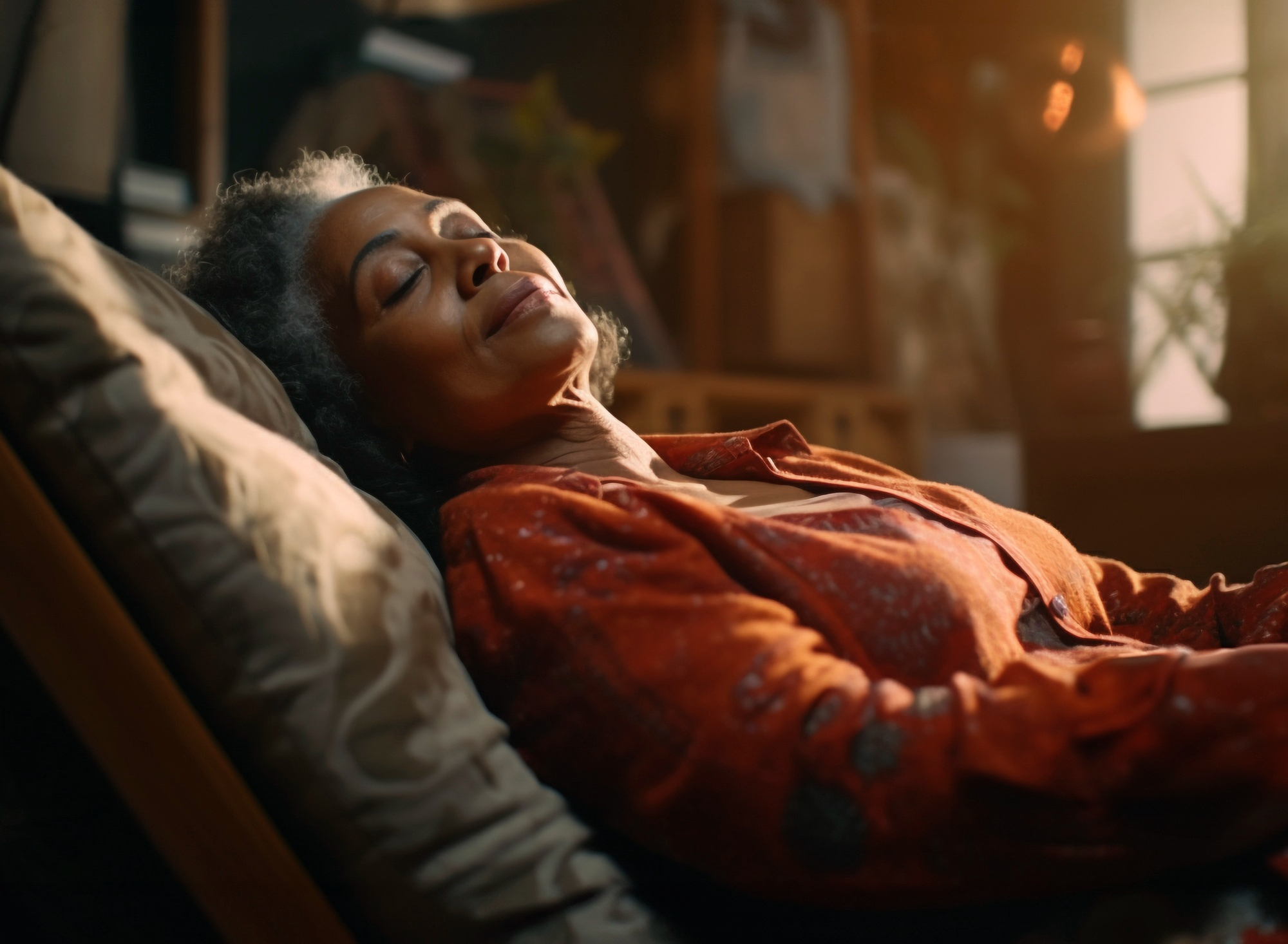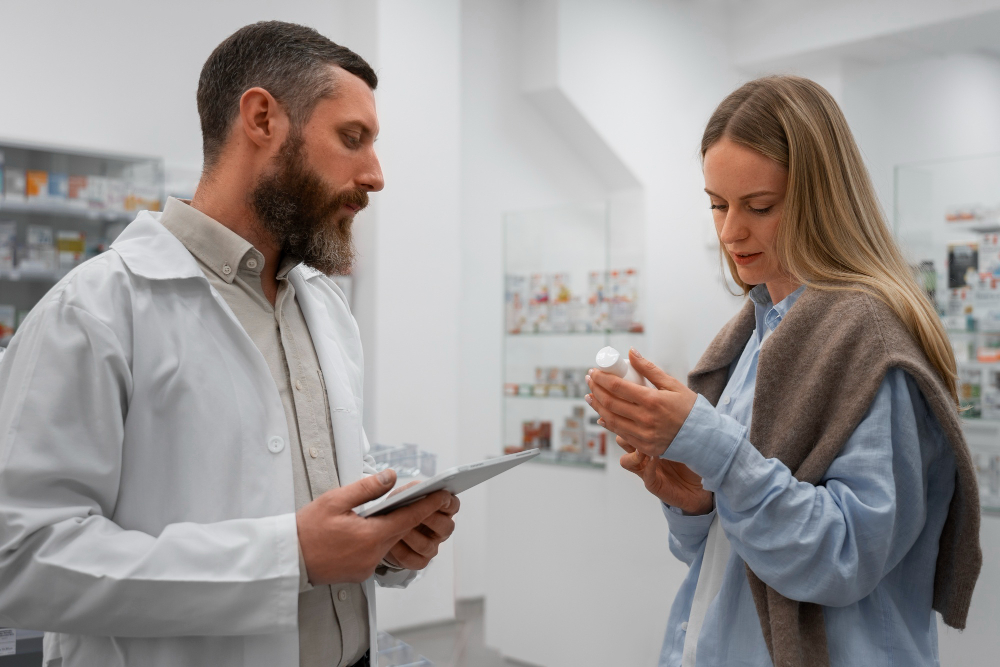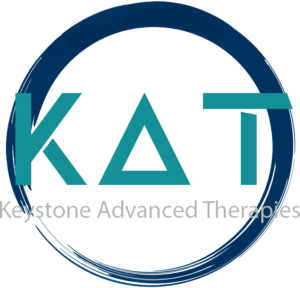Chronic regional pain syndrome (CRPS) is a condition marked by excessive pain in your arm or leg. Pain can come on suddenly and unprovoked, but even a normal, light physical touch can cause intense pain for those with CRPS.
In addition to pain, CRPS can cause skin changes, abnormal sweating or hair growth, and stiffness in affected joints. Not surprisingly, these symptoms can dramatically affect your quality of life.
If you or a loved one were recently diagnosed with CRPS, you might have a lot of questions, especially about how you can get relief.
Dr. Scot DePue at Keystone Advanced Ketamine Therapy in West Lawn, Pennsylvania, wants you to know that there are many treatments available to help you find relief from CRPS. But before you embark on a treatment plan, it’s important to know which type of CRPS you have.
TYPE 1 CRPS
Almost all (90%) of CRPS cases are type 1. Type 1 CRPS develops after an initial injury or illness in your arm or leg without any known damage to a specific nerve. This type is also referred to as reflex sympathetic dystrophy.
TYPE 2 CRPS
Type 2 CRPS 一 also known as causalgia 一 develops after an injury or illness damages a nerve, resulting in CRPS symptoms.
Your sensory nerves are designed to inform your central nervous system about external stimuli. This includes temperature, pain, and itch. If these nerves (which don’t have thick myelin sheaths) are damaged, it can impact how you perceive pain.
Examples of injuries that can damage your sensory nerves include:
- Fractures, especially wrist fractures
- Surgical incisions that comprise a nerve
- Sprains
- Strains
- Burns
- Cuts
Although rare, it’s possible for a needle stick to accidentally hit a superficial (i.e., close to the skin) sensory nerve. Underlying health conditions, such as diabetes, can also contribute to poor nerve health.
WHAT ARE THE SYMPTOMS OF CRPS?
CRPS is categorized into three stages: acute, subacute, and chronic. Your symptoms vary depending on what stage and what type of CRPS you have.
STAGE 1
Acute CRPS, or stage 1, lasts up to three months and can contribute to:
- Severe pain caused by a light touch
- Ongoing burning or throbbing sensations
- Temperature fluctuations in your skin
- Rapid growth of your hair and nails on the affected limb
- Joint pain
- Swelling
- Muscle spasms
- Skin changes (color, texture)
- Increased sweating
STAGE 2
Stage 2 is a subacute CRPS. This stage typically lasts 3-6 months, and during this time, the symptoms of stage 1 may intensify. For instance, your skin on the affected limb continues to change, your nails may become more brittle, and your pain increases. You may notice that your hair growth slows down, your joints grow stiffer, and your muscles start to weaken.
STAGE 3
Stage 3 is chronic CRPS. During this stage, the muscle weakness leads to muscle atrophy and in some cases, contractures.
HOW IS CRPS TREATED?
If you suspect that your symptoms are related to CRPS, you don’t need to wait until your symptoms progress before you seek treatment. Pain and swelling may be the first symptoms you notice. Depending on the intensity of your symptoms, you may benefit from any of the following traditional CRPS treatments:
- Medication, including nonsteroidal, anti-inflammatory drugs (NSAIDS) and prescription medications
- Physical therapy
- Psychotherapy
- Interventional pain management treatments, including pain pumps and spinal cord stimulators
At Keystone Advanced Therapies, we also offer alternative treatments to help you manage your pain. This includes ketamine infusion treatment and medical marijuana. As an approved physician for the medical marijuana program in Pennsylvania, Dr. DePue can review your medical history and determine if medical marijuana is right for you.
To learn more about CRPS and your treatment options, schedule a consultation with Dr. DePue today by calling our office. You can also book an appointment online.
